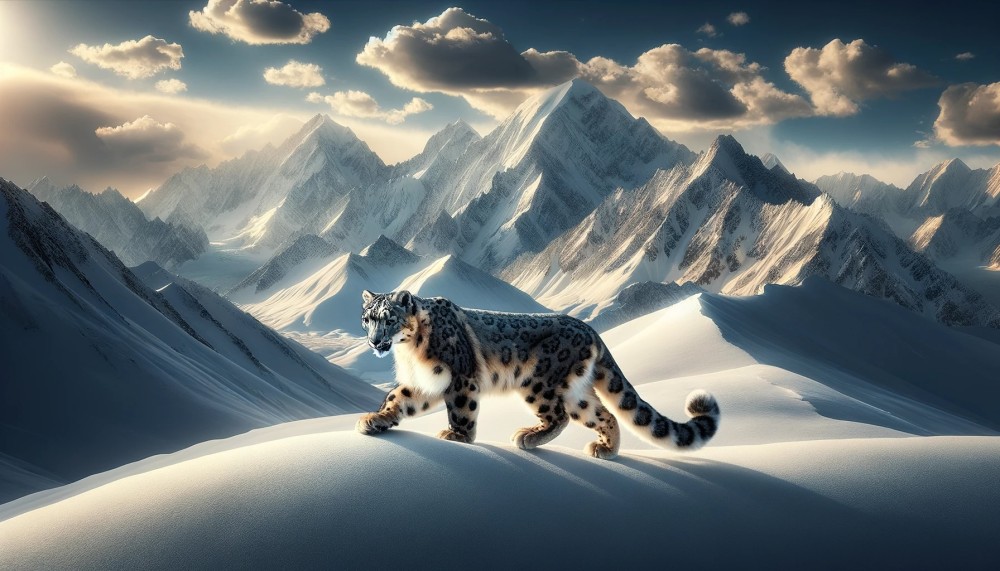
Ladakh, the stunningly rugged and remote region in the northernmost part of India, is known for its breathtaking landscapes, high mountain ranges, and unique wildlife. Among its many natural treasures, the elusive and majestic snow leopard (Panthera uncia) stands out as a symbol of the region's unparalleled biodiversity and natural beauty. Snow leopards are renowned for their adaptability to extreme cold and high altitudes, and Ladakh provides an ideal habitat for these elusive felines. The snow leopard's range extends across the mountainous regions of Central and South Asia, including parts of India, Pakistan, Nepal, Bhutan, and China. In India, they can be found in the northern states of Jammu and Kashmir, Himachal Pradesh, and Uttarakhand, with Ladakh being one of the most important strongholds for these magnificent creatures.
Birding and Wildlife Safari Package in Ladakh
View All
The Landscape of Ladakh characterized by towering peaks, barren plateaus, and deep gorges, is tailor-made for snow leopards trip. These big cats are often found at altitudes ranging from 9,800 to 17,000 feet (3,000 to 5,200 meters) above sea level. They prefer rugged terrains with steep cliffs and rocky outcrops, where their superb climbing skills enable them to navigate the challenging landscape with ease. Ladakh's sparse vegetation and harsh winters further contribute to the snow leopard's ability to hunt and thrive in this region. Snow leopards are solitary and elusive creatures, making them a challenge to spot in the wild. Their solitary nature and large territories are crucial adaptations for surviving in their harsh environment, where prey is scarce. Their diet mainly consists of blue sheep (bharal), Himalayan ibex, marmots, and other small mammals. Snow leopards are known for their incredible stealth and flexibility, often stalking their prey from high vantage points before making a rapid and precise pounce. However the snow leopard's status as a vulnerable species, coupled with its low population density and limited distribution, has led to concerted conservation efforts in Ladakh and across its range. Several organizations, including local NGOs, the Indian government, and international conservation groups, have initiated programs aimed at preserving these magnificent cats and their habitats.
1. Community-Based Conservation: Engaging local communities in snow leopard conservation is important. Programs have been established to raise awareness, provide livelihood opportunities, and promote sustainable livestock practices to reduce human-wildlife conflict.
2. Research and Monitoring: Ongoing research helps gather valuable data on snow leopard populations, behavior, and movements. This information aids in developing effective conservation strategies.
3. Protected Areas: Ladakh hosts several protected areas, including Hemis National Park, which is a designated Snow Leopard Reserve. These areas play a critical role in preserving the snow leopard's habitat.
4. Anti-Poaching Measures: Enhanced anti-poaching efforts are essential to combat illegal wildlife trade and protect these cats from poachers.
5. Ecotourism: Responsible ecotourism has the potential to generate income for local communities while promoting awareness and appreciation for snow leopards and their habitats.
The snow leopard of Ladakh represents the resilience of nature and the awe-inspiring beauty of the world's high mountain regions. With concerted efforts in conservation and community engagement, we can hope to ensure the continued existence of these magnificent big cats. Ladakh's commitment to protecting its unique wildlife, especially the enigmatic snow leopard, serves as an example of how humans can coexist harmoniously with nature, preserving the legacy of these majestic creatures for generations to come.